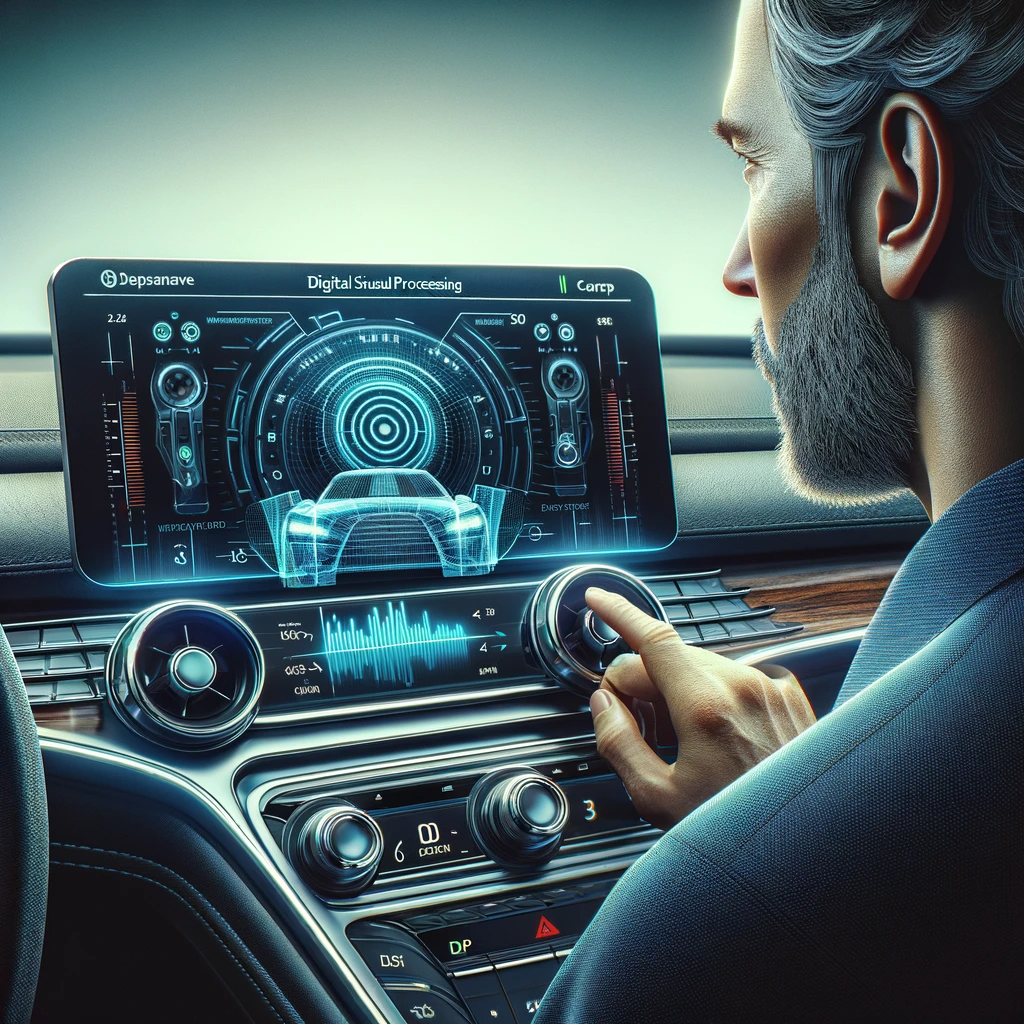Discover the World of
Car Audio DSP
Exploring Car Audio DSP Technology
Car audio enthusiasts, driven by their passion for superior sound quality, are increasingly turning to a Digital Sound Processor (DSP) as a means to elevate their in-car audio experience. DSP technology stands at the forefront of this revolution, offering an unprecedented level of control and precision over the sound produced by car audio systems. This advanced technology goes beyond traditional audio setups, enabling users to fine-tune various audio parameters to achieve an optimal listening experience tailored to their preferences and the unique acoustics of their vehicle.
On this page, we delve into the intricacies of car audio DSP technology, offering a comprehensive exploration of its myriad benefits. From its ability to enhance sound clarity to the reduction of unwanted noise and distortions, DSP technology is a game-changer in car audio. We'll discuss how DSP allows for intricate adjustments in frequency, phase, and amplitude, ensuring that every note and tone is crystal clear and perfectly balanced.
Digital signal processing, or DSP, has become integral to modern car audio systems. It enhances sound quality, system performance, and control, creating a more immersive audio experience. DSP optimizes sound output by processing audio signals in digital format, eliminating audio system imperfections, and ensuring accurate sound reproduction.
Car audio enthusiasts can think of DSP as a powerful equalizer, amplifier, crossover, and time alignment system, all combined into one unit. It allows for precise control over audio parameters, such as equalization, crossover filters, time alignment, phase inversion, gain control, and more. With DSP technology, car audio enthusiasts can achieve their desired sound signature by fine-tuning bass, treble, and overall sound balance.
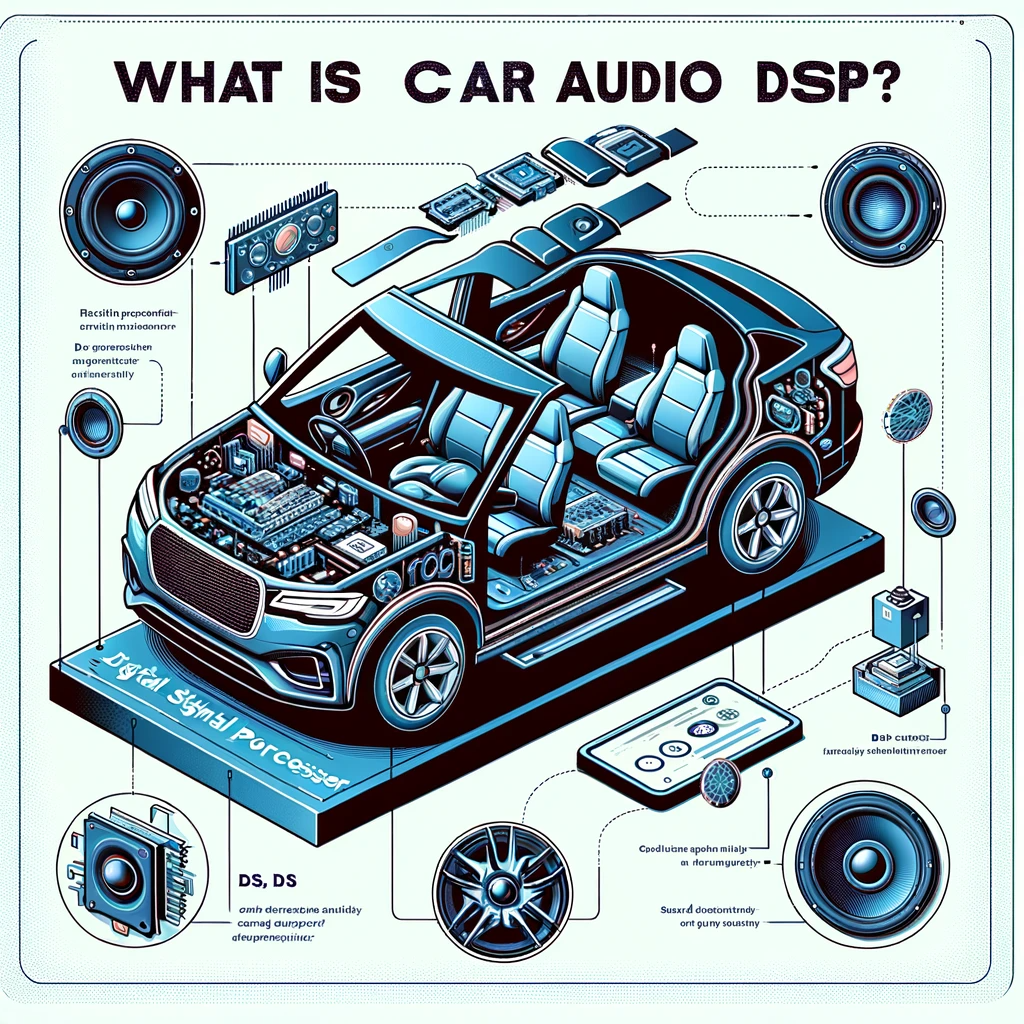
What is Car Audio DSP?
Car audio DSP, or digital sound processor, is a digital signal processing unit specifically designed for car audio systems. It filters, equalizes, amplifies, and time-aligns audio signals, enhancing sound quality and control. Car audio DSPs provide advanced audio processing capabilities that surpass factory sound systems, allowing enthusiasts to customize sound settings for a personalized audio experience.
Benefits of DSP in Car Sound Systems
• Improved sound imaging: DSP technology enhances sound imaging, creating a realistic audio experience where you can pinpoint the location of instruments and vocals.
• Balanced sound output: Car audio enthusiasts know that car cabin acoustics can significantly affect sound quality. DSP compensates for car cabin acoustics, producing a balanced sound output regardless of the listening environment.
• Enhanced bass response: DSP amplification ensures clean, distortion-free bass, adding depth and impact to your audio system. Whether you're a fan of bass-heavy music genres or enjoy a well-rounded sound, car audio DSP has got you covered.
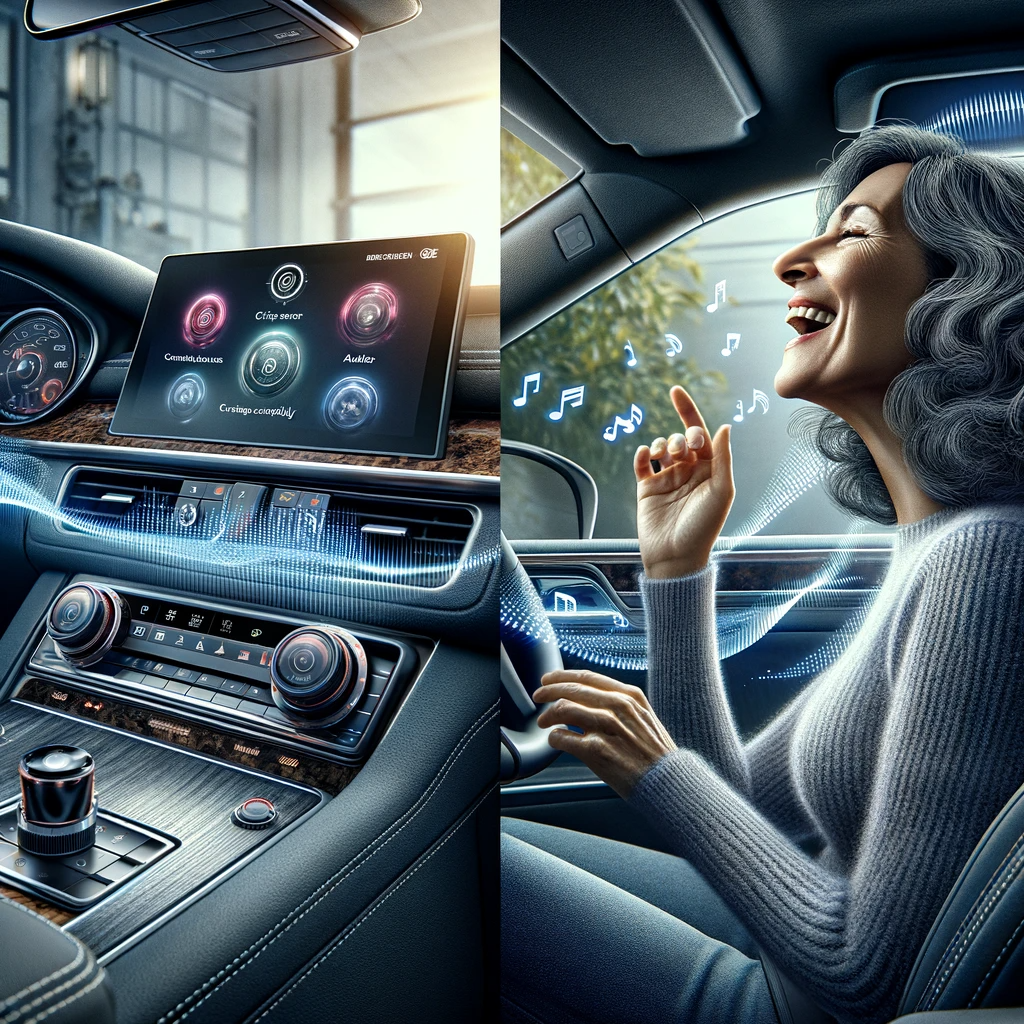
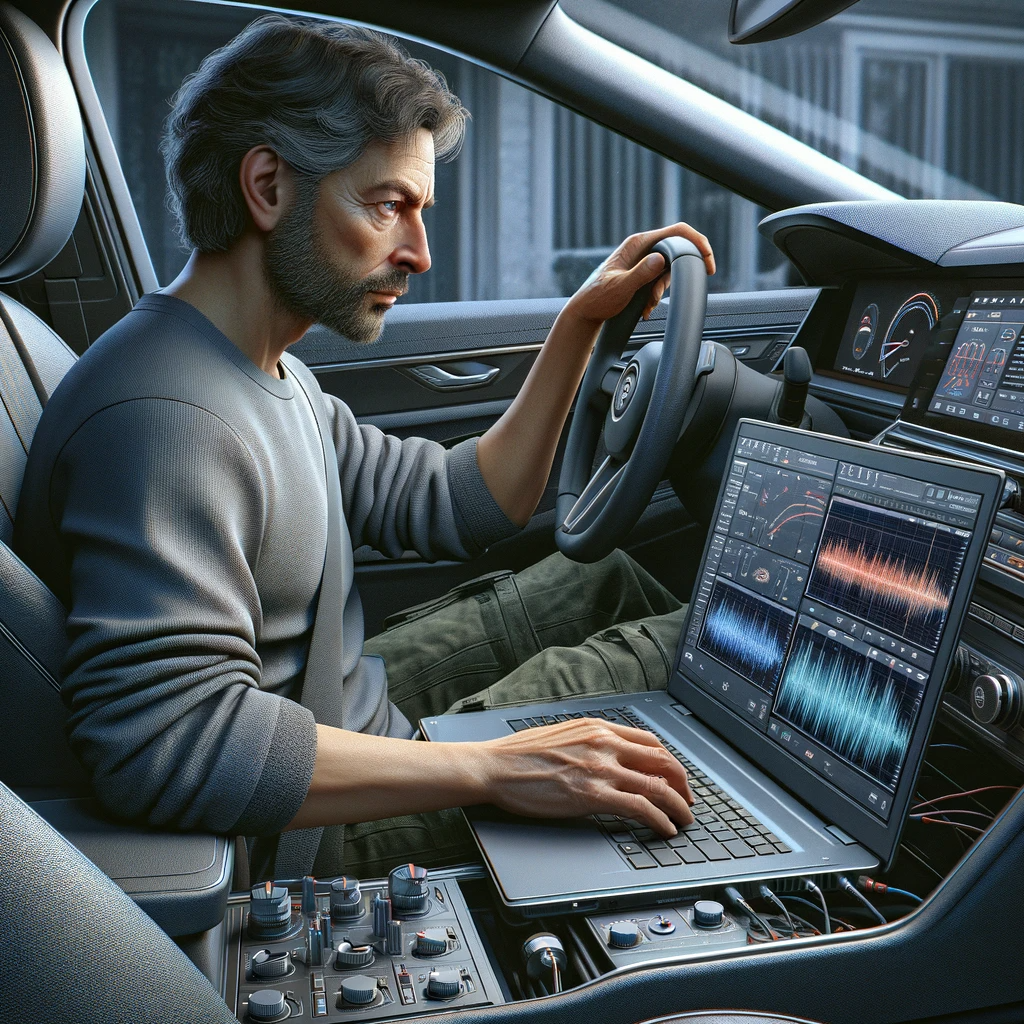
Tuning Car Audio DSP
Tuning car audio DSP is essential in achieving optimal sound quality and system performance. It involves adjusting audio parameters, such as equalization, crossover, time alignment, and gain control, to achieve the desired sound quality.
Car audio enthusiasts have many options for tuning car audio DSP. They can fine-tune equalization settings, boost or cut specific frequency ranges, adjust crossover points, slopes, and phase inversion, and control gain levels for each audio channel. By using audio measurement tools, such as a microphone and app, enthusiasts can precisely tune their car audio system, ensuring optimal sound reproduction.
DSP Amplifiers for Car Audio
DSP amplifiers combine amplifier and digital signal processing capabilities in a single unit, offering car audio enthusiasts a compact and powerful audio solution. These amplifiers feature remote control, allowing users to easily adjust audio settings, equalization, crossover filters, and time alignment.
Car audio DSP amplifiers provide high-quality amplification, delivering clean, distortion-free sound, even at high volume levels. They offer advanced connectivity options like Bluetooth and USB for seamless audio playback from various sources. DSP amplifiers also feature compact designs, making them ideal for car audio installations with limited space.
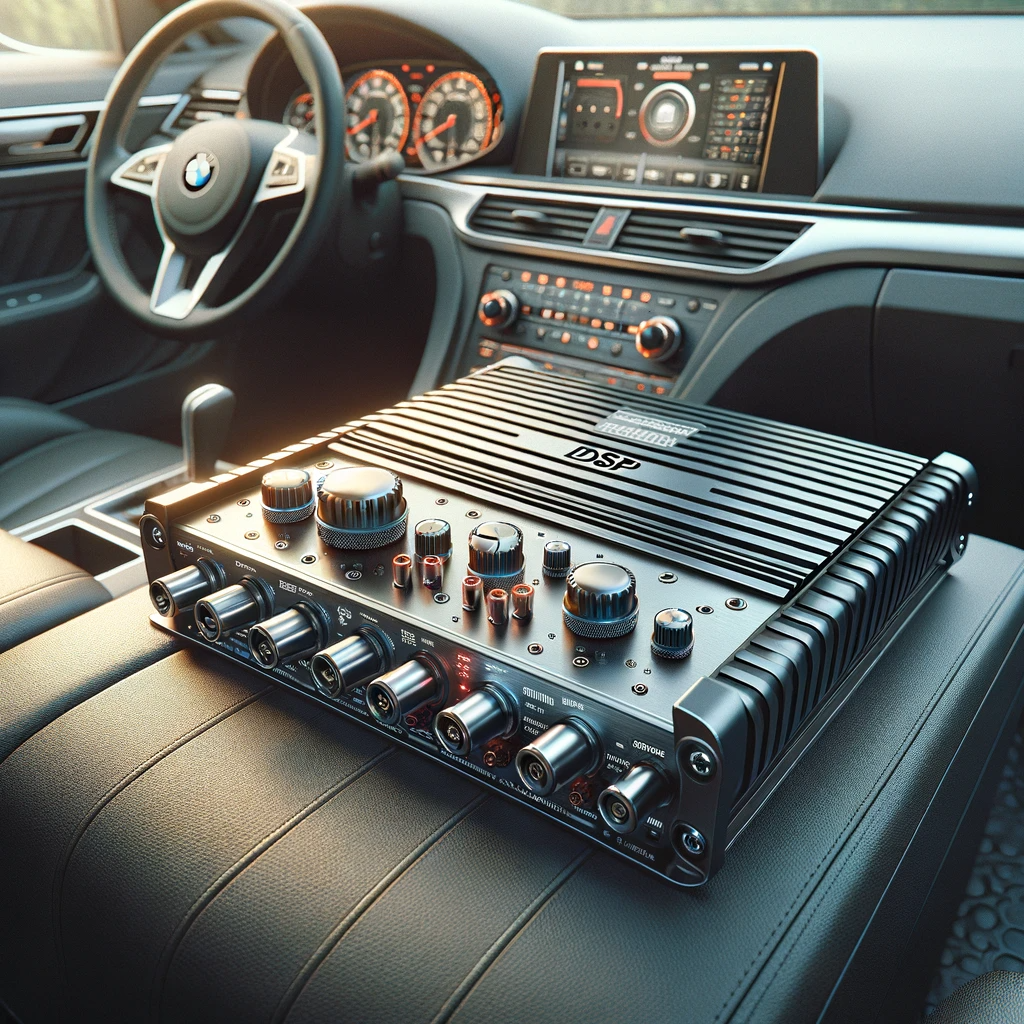
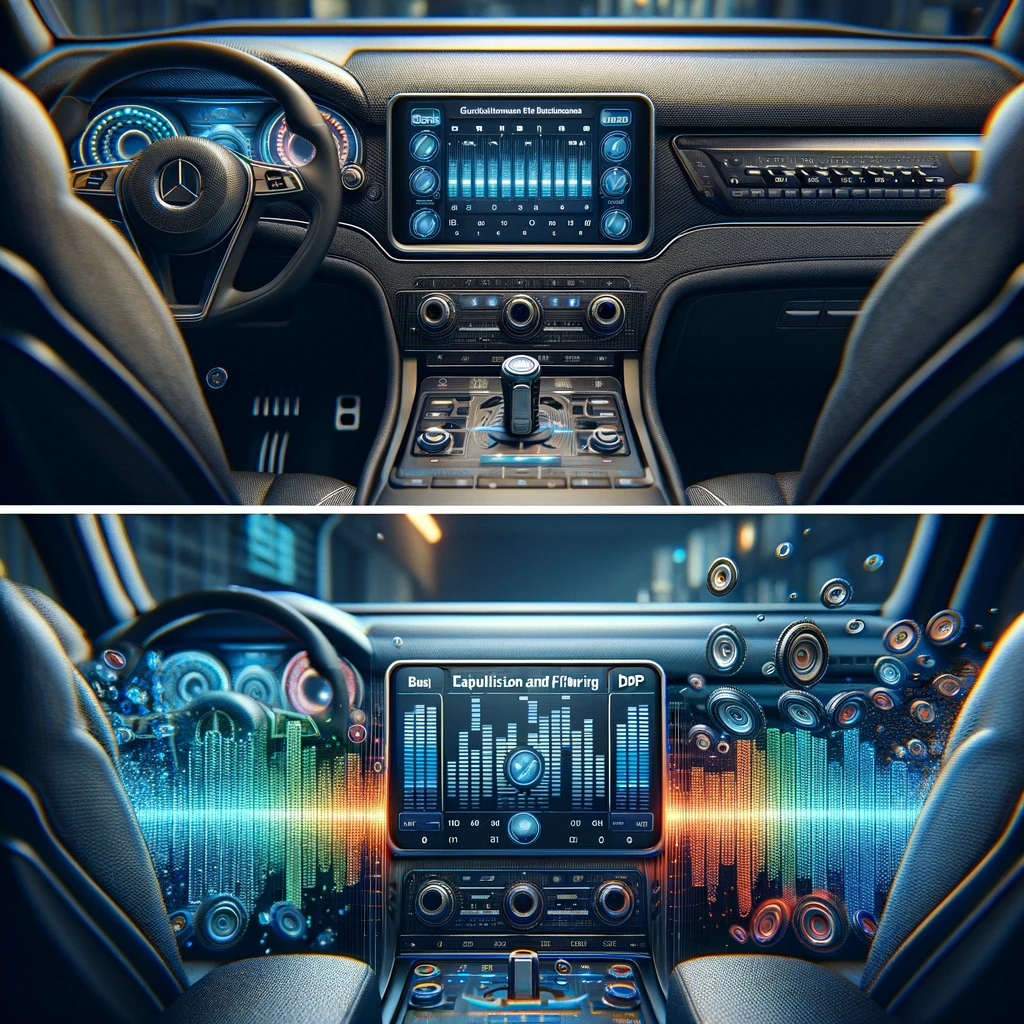
Equalization and Filtering in Car Audio DSP
Equalization and filtering are crucial aspects of car audio DSP, allowing enthusiasts to control audio frequency response, eliminate unwanted noise, and achieve optimal sound output.
Equalization in-car audio DSP involves adjusting audio frequency response and enhancing sound balance, clarity, and tonal accuracy. Car audio enthusiasts can boost or cut specific frequency ranges, such as bass, midrange, or treble, to achieve their desired sound signature. DSP equalization ensures bass, midrange, and treble reproduction, creating a well-balanced sound that suits individual audio preferences.
Crossover Networks in Car Audio DSP
Crossover networks are essential components of car audio DSP, dividing audio signals into different frequency bands for car speakers. DSP crossover filters ensure each car speaker receives the appropriate audio frequencies, preventing signal overlap, distortion, and phase cancellation.
Car audio enthusiasts can adjust crossover points, slopes, and phase inversion in-car audio DSP, allowing for precise sound control. By configuring crossover filters, enthusiasts can optimize sound system alignment, ensuring audio frequencies are distributed correctly among car speakers.


Time Alignment in Car Audio DSP
Time alignment is a crucial feature of car audio DSP, as it adjusts sound output to synchronize audio from different car speakers. It corrects sound delays, improving soundstage, audio imaging, and sound system alignment.
Car audio enthusiasts can use time alignment to compensate for sound delays caused by speaker placement, car cabin reflections, or audio system processing. By precisely time-aligning audio signals, enthusiasts can create a focused and immersive audio experience where sound reaches the listener simultaneously, regardless of speaker placement.
Time alignment in-car audio DSP optimizes sound system performance and enhances audio clarity, sound imaging, and soundstage, creating a more enjoyable audio experience for enthusiasts.
Setting up DSP Presets for Different Music Genres
Setting up DSP presets is an excellent feature of car audio DSP, allowing enthusiasts to switch between audio settings optimized for different music genres. Car audio enthusiasts can create custom DSP presets, tailoring sound output to their preferred music style.
DSP presets optimize equalization, crossover, time alignment, phase inversion, gain control, and other audio settings for specific music genres. Whether you enjoy bass-heavy music, rock, jazz, or classical, car audio DSP presets allow enthusiasts to optimize sound output, audio dynamics, bass response, and overall sound balance for each genre.
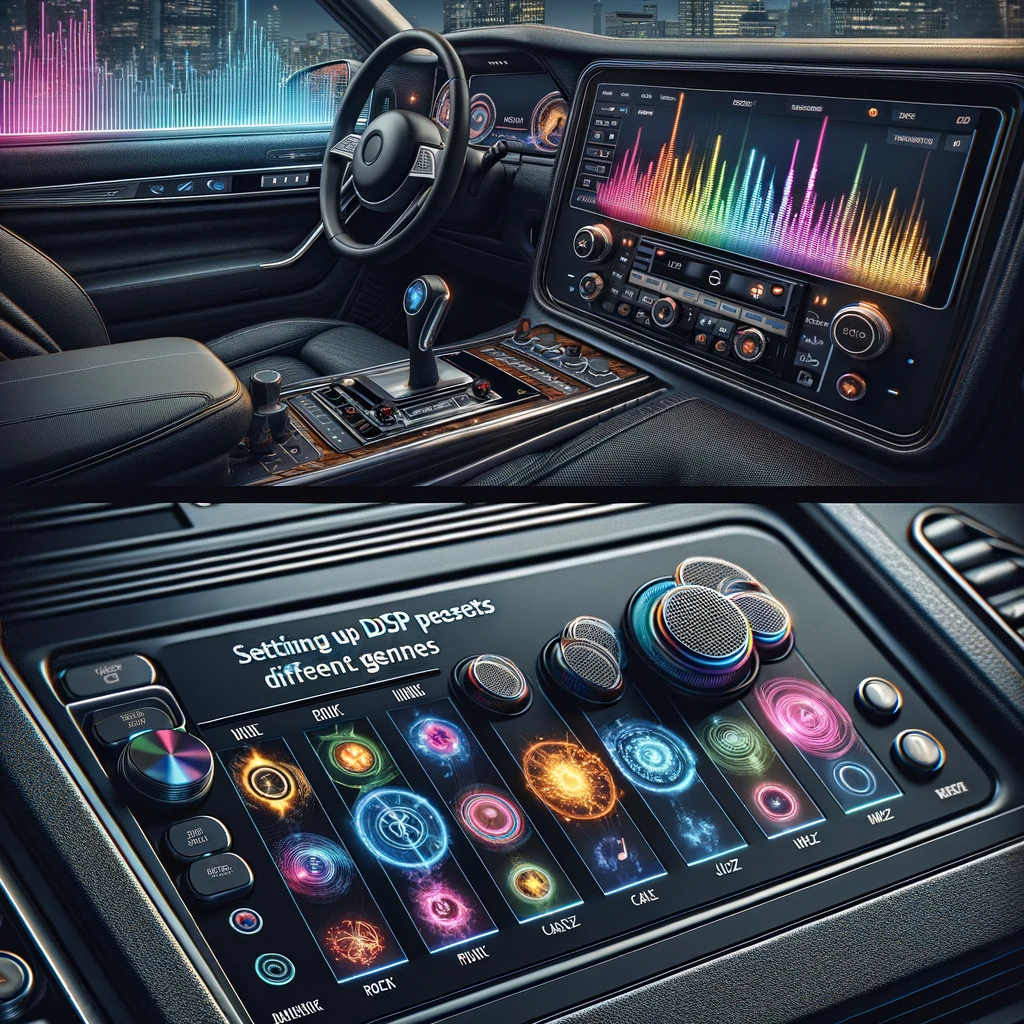
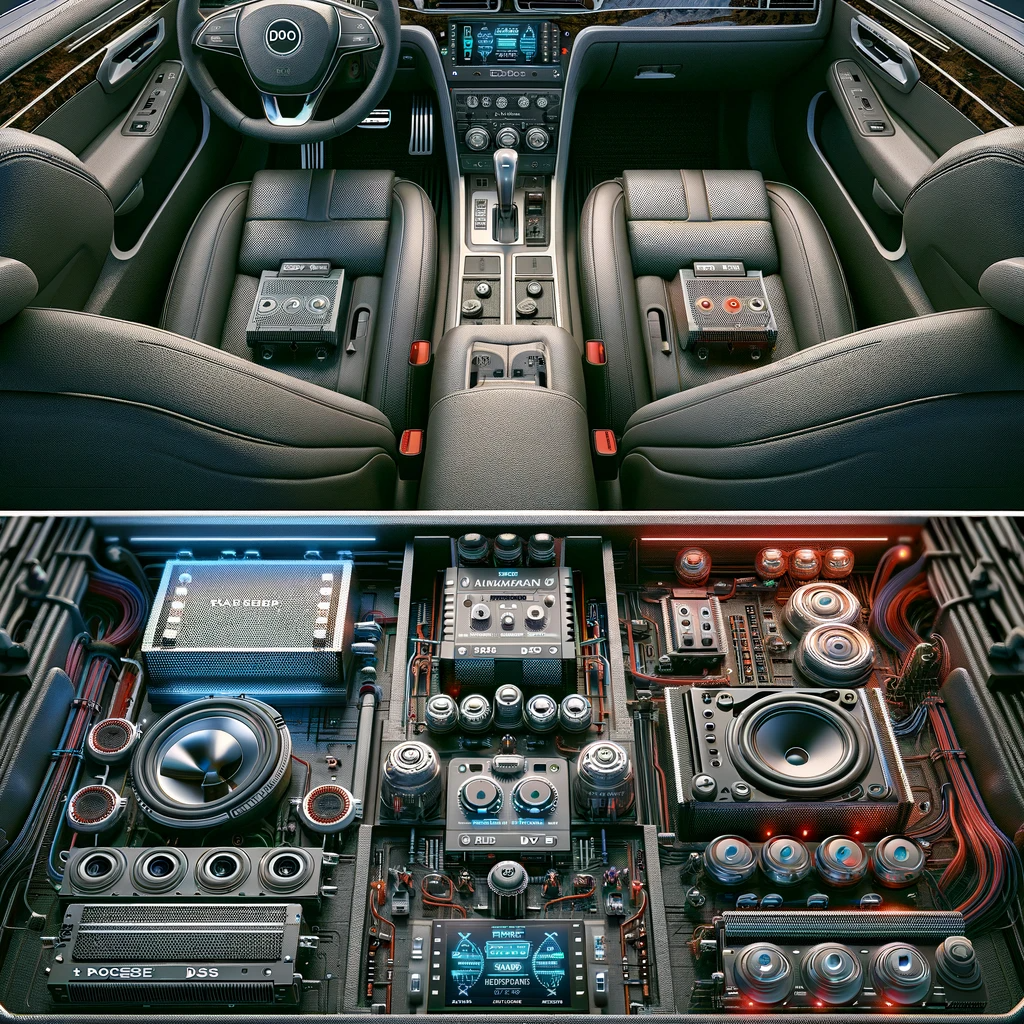
Active vs. Passive Car Audio DSP Systems
Active car audio DSP systems feature digital signal processors, amplification, and car speakers with built-in amplifiers. This setup provides greater control, allowing enthusiasts precise sound customization control. Active car audio DSP systems feature amplification designed for each car speaker, resulting in optimized sound output and audio system performance.
Passive car audio DSP systems use external amplifiers to power car speakers, with signal processing performed by the head unit. This setup offers flexibility, as enthusiasts can work with their existing car audio setup, upgrading it with car audio DSP technology. By using signal processors, enthusiasts gain control over equalization, crossover, time alignment, phase inversion, gain control, and other audio settings, resulting in improved sound output and system control.
Car Audio DSP Installation
Installing car audio digital sound processors (DSP) significantly enhances audio system performance, sound quality, and control. Car audio DSPs provide advanced equalization, time alignment, crossover filters, amplifier control, and sound processing capabilities, transforming audio output for enthusiasts.
DSP installation connects signal processors between the head unit, amplifiers, and car speakers. It requires proper wiring, signal routing, amplifier setup, gain control configuration, and equalization setup. With professional car audio DSP installation, enthusiasts can ensure optimal sound system alignment, system performance, and audio output.
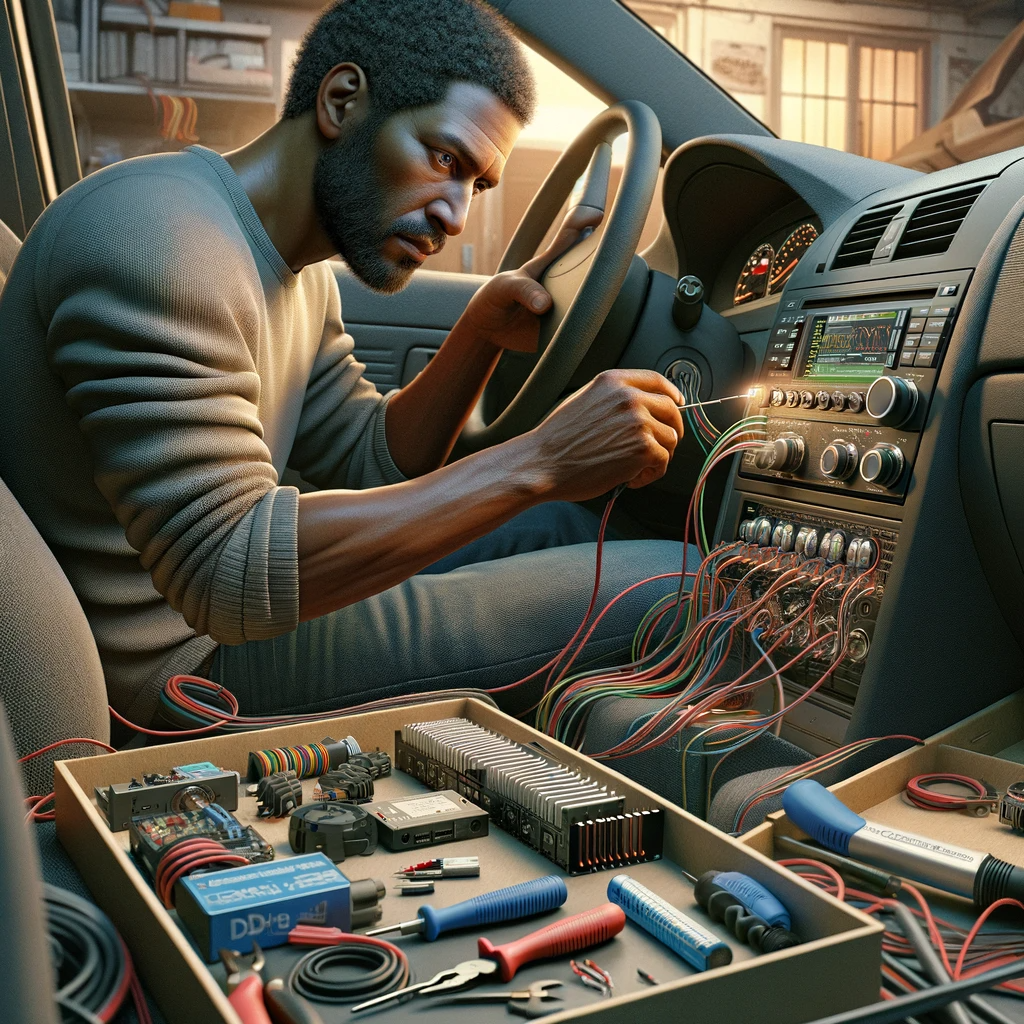
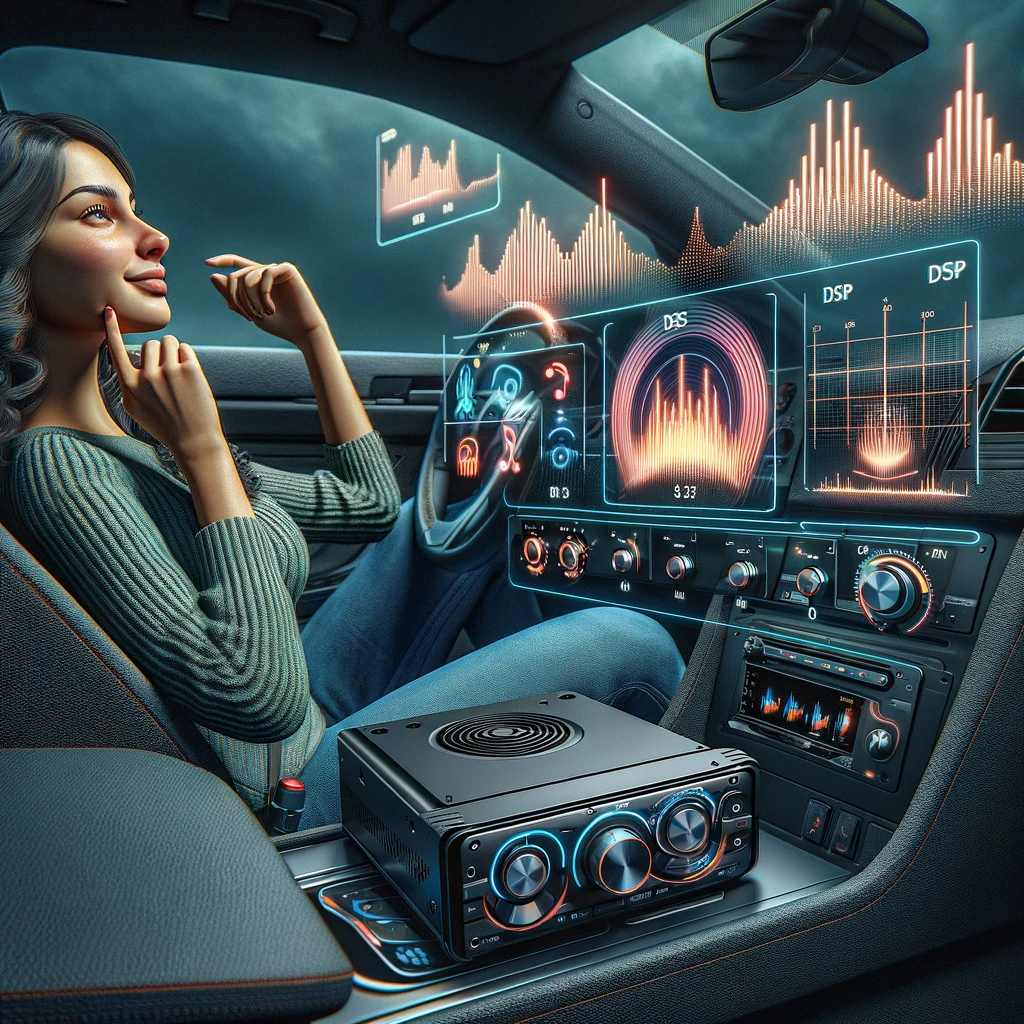
DSP and Sound Quality Enhancement
Car audio enthusiasts strive for the best sound quality possible, and car audio DSP technology plays a vital role in sound quality enhancement. By processing audio signals in digital format, car audio DSPs reduce system noise, distortion, phase inversion, and audio signal imperfections, resulting in cleaner, more detailed sound output.
Advanced digital signal processors enhance bass, treble, equalization, time alignment, audio system gain control, and sound system alignment, optimizing sound output, sound system performance, sound imaging, soundstage, and audio system control. They offer precise sound adjustment, allowing enthusiasts to fine-tune audio settings, equalization, crossover filters, phase inversion, time alignment, amplifier control, gain control, and audio signal processing..
DSP Tuning Software and Applications
DSP tuning software and applications play a crucial role in car audio. With user-friendly software, car audio DSPs allow enthusiasts to customize their sound system configuration and control. Equipped with features like parametric equalization, subwoofer integration, and sound system alignment, these advanced digital signal processor applications provide the flexibility to optimize sound system performance and audio output.
Additionally, DSP tuning software offers remote control options, allowing users to adjust settings conveniently. Whether it's customizing equalization, crossover, or time alignment settings, car audio enthusiasts can rely on DSP software to enhance their listening experience.
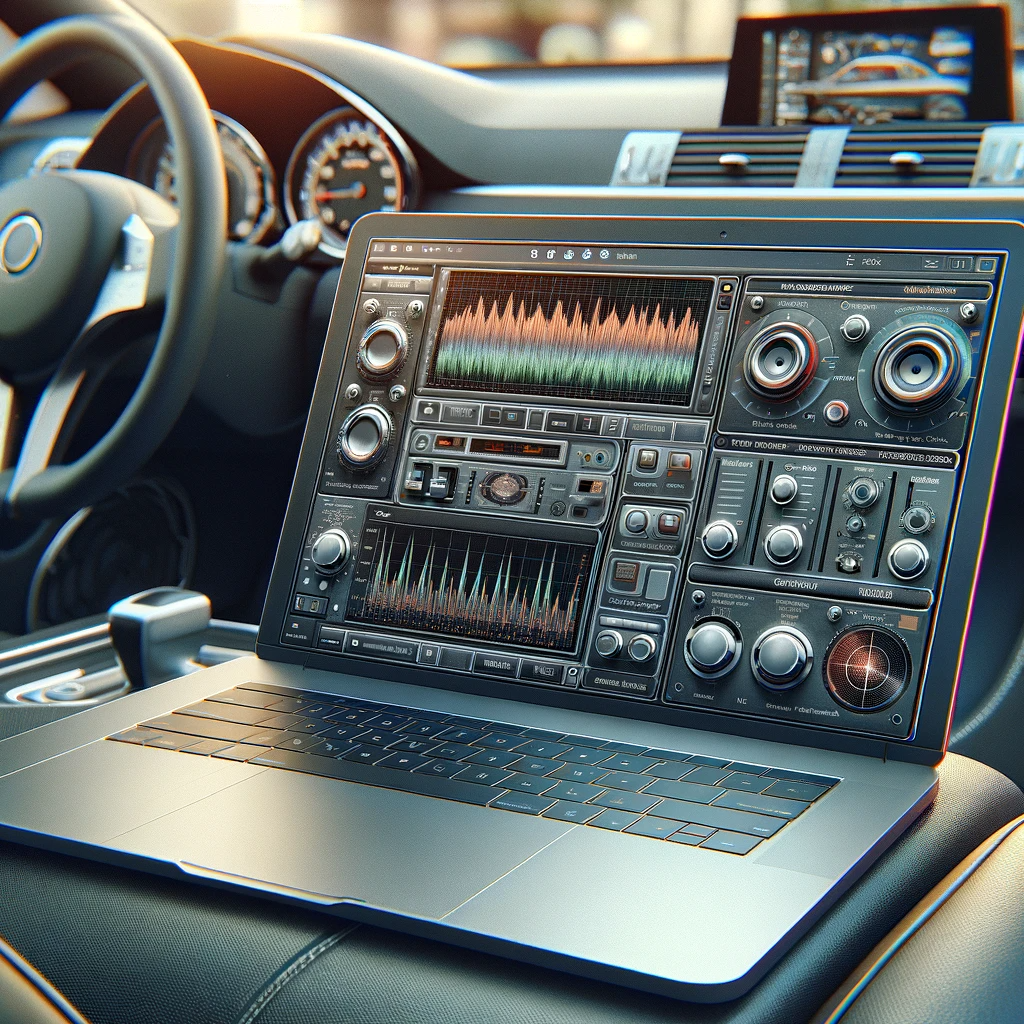
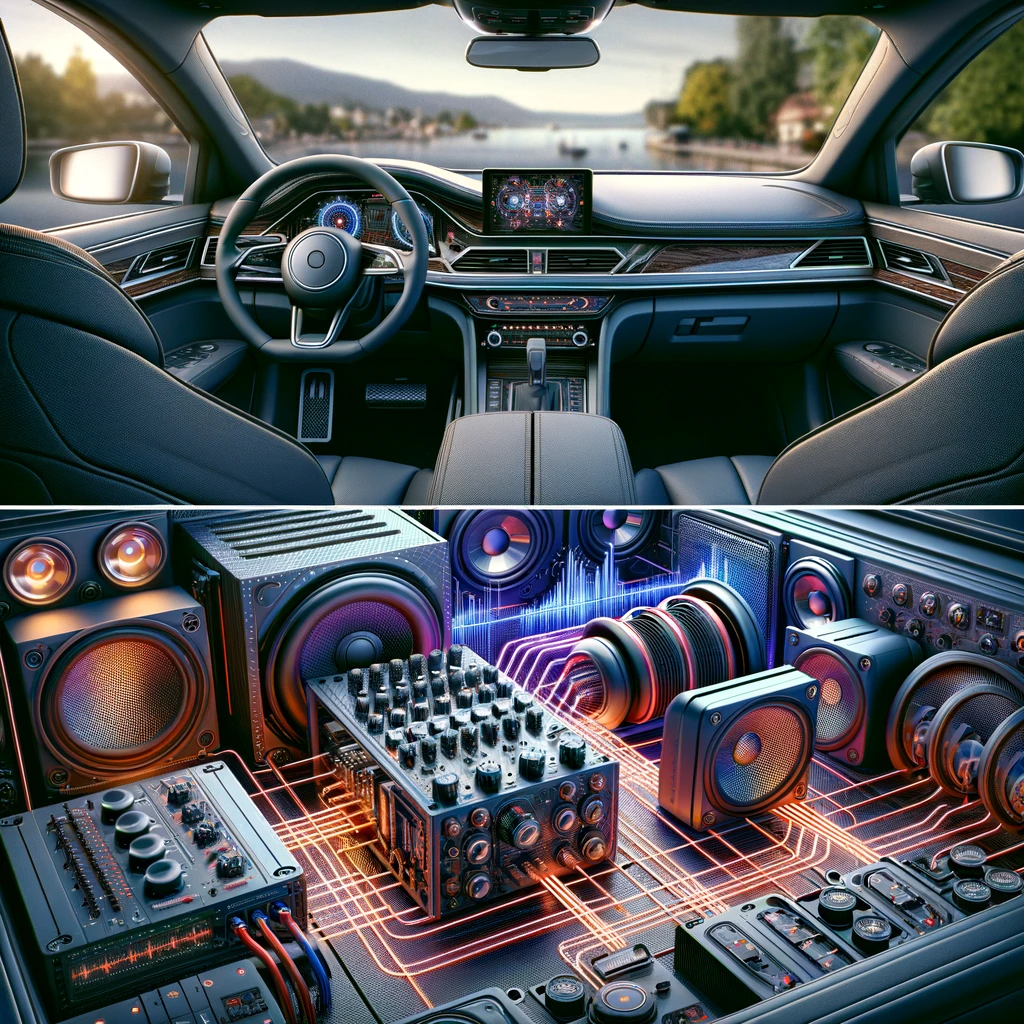
Multi-Channel Car Audio DSP Configurations
Car audio DSPs offer support for multi-channel audio processing, amplification, and equalization, providing car audio enthusiasts with enhanced control over their sound systems. These advanced digital sound processors boast input channels, output channels, and crossover filters, allowing for precise customization of each speaker's audio output.
With multi-channel car audio DSP configurations, enthusiasts can seamlessly integrate subwoofers and fine-tune signal processing, and create immersive audio experiences. Whether adjusting the treble boost or utilizing a parametric EQ, these compact devices offer a range of features that cater to different needs and preferences.
Integration of DSP with Factory Car Audio Systems
Digital sound processors (DSPs) allow car audio enthusiasts to integrate them with their factory radio head units. This integration enhances their car audio systems' sound quality and control options. Users can make adjustments such as equalization, time alignment, and crossover settings by connecting a car audio DSP to the factory stereo.
The advanced features of digital signal processors go beyond just improving sound quality. They also provide capabilities like line output conversion, signal processing, and the ability to upgrade the entire audio system. DSP integration allows for significant performance enhancements without replacing any factory components.
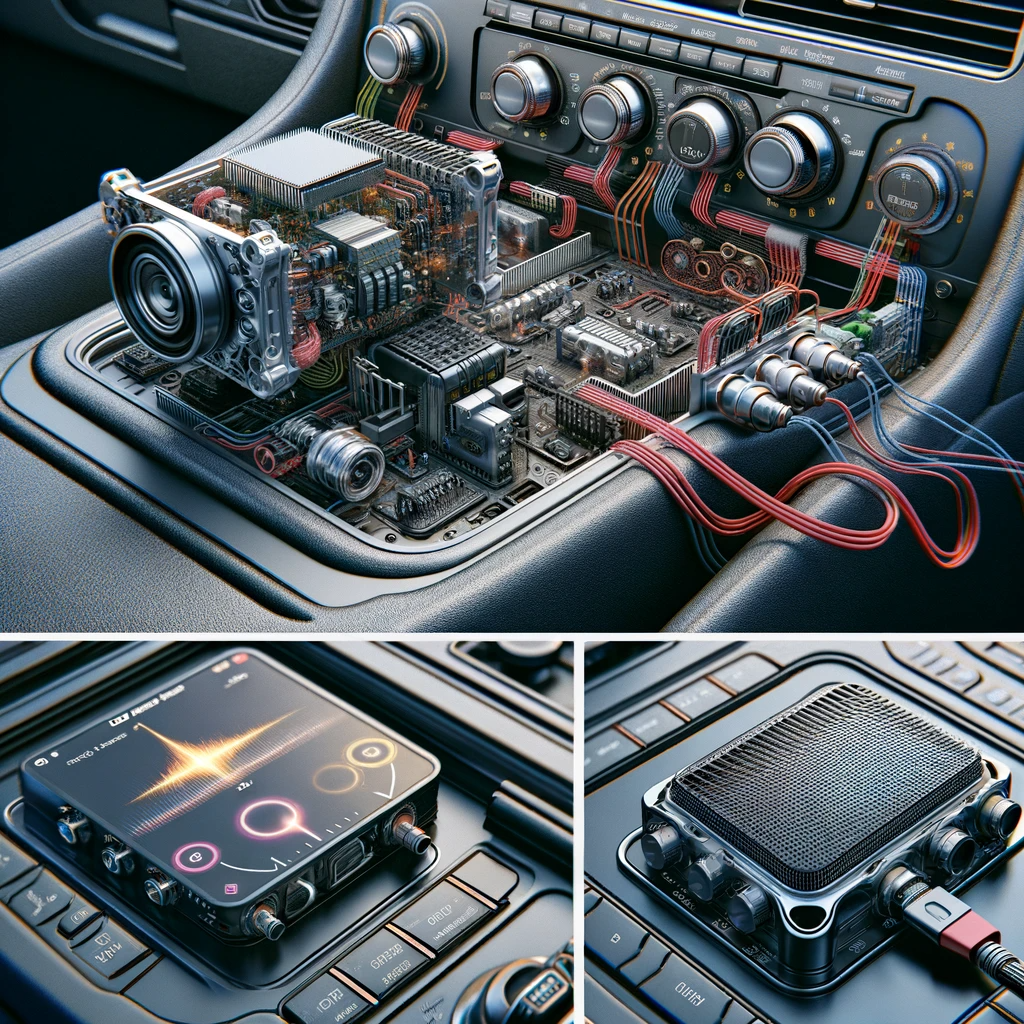
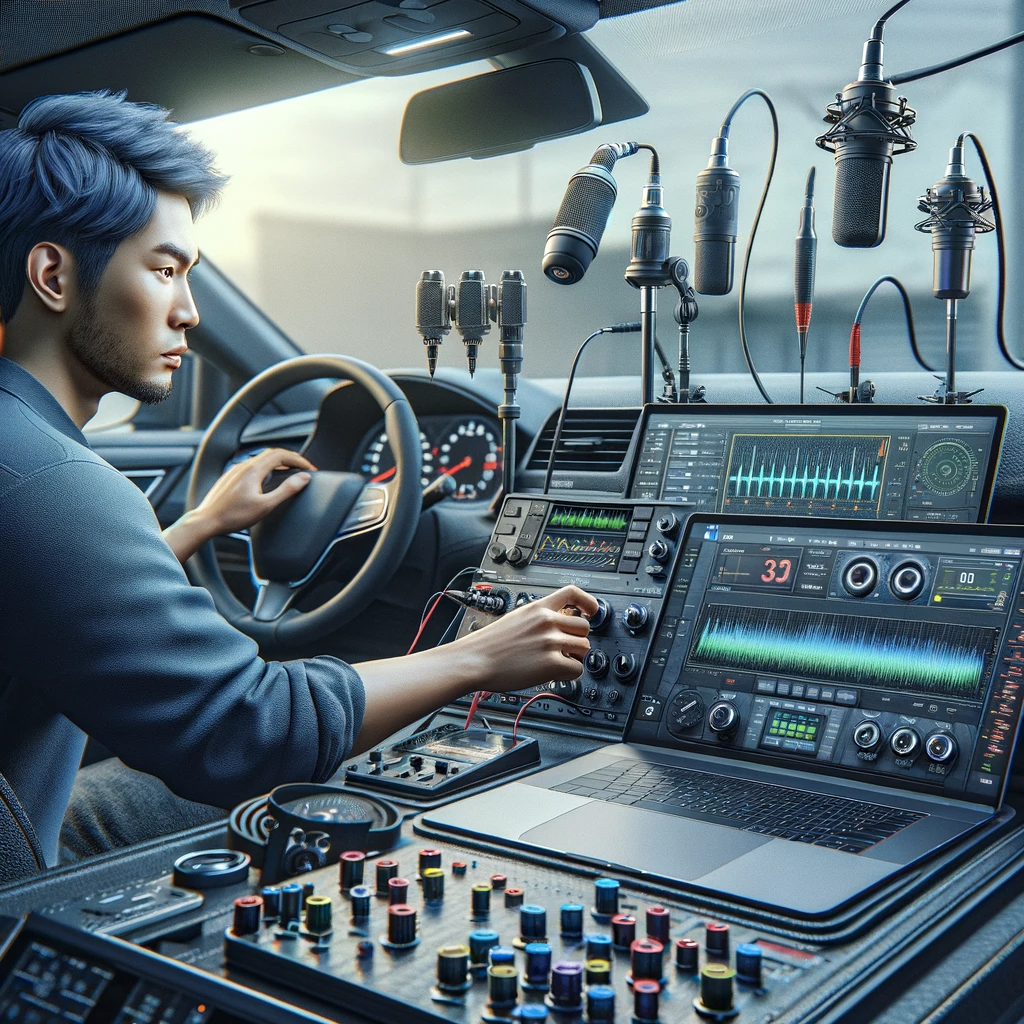
Calibration and Measurement Tools for Car Audio DSP
Calibration and measurement tools are crucial in optimizing car audio DSP settings for enthusiasts. These tools accurately measure audio system response, phase alignment, and equalization accuracy. By utilizing professional car audio calibration services, enthusiasts can achieve precise sound system alignment and maximize audio output.
Measurement tools assist in setting up time alignment, gain control, and crossover filters, allowing for optimal sound system performance. Whether it's adjusting the treble boost, using a parametric EQ, or integrating aftermarket accessories with OEM radios, these tools provide the necessary precision to fine-tune the car audio experience.
Subwoofer Integration in Car Audio DSP
Subwoofer integration plays a vital role in car audio DSP systems. By incorporating subwoofers, car audio enthusiasts can optimize bass output and control. With the help of crossover filters, equalization, and phase adjustment, DSPs enable precise tuning for subwoofers.
These advanced digital sound processors enhance subwoofer alignment, amplification, and sound system balance. Subwoofer integration in car audio DSPs significantly improves bass response, impact, and low-frequency control, resulting in a well-balanced and powerful audio experience.
Whether it's achieving the perfect thump or creating a rich and immersive soundstage, subwoofer integration is essential for maximizing the potential of a car audio system.
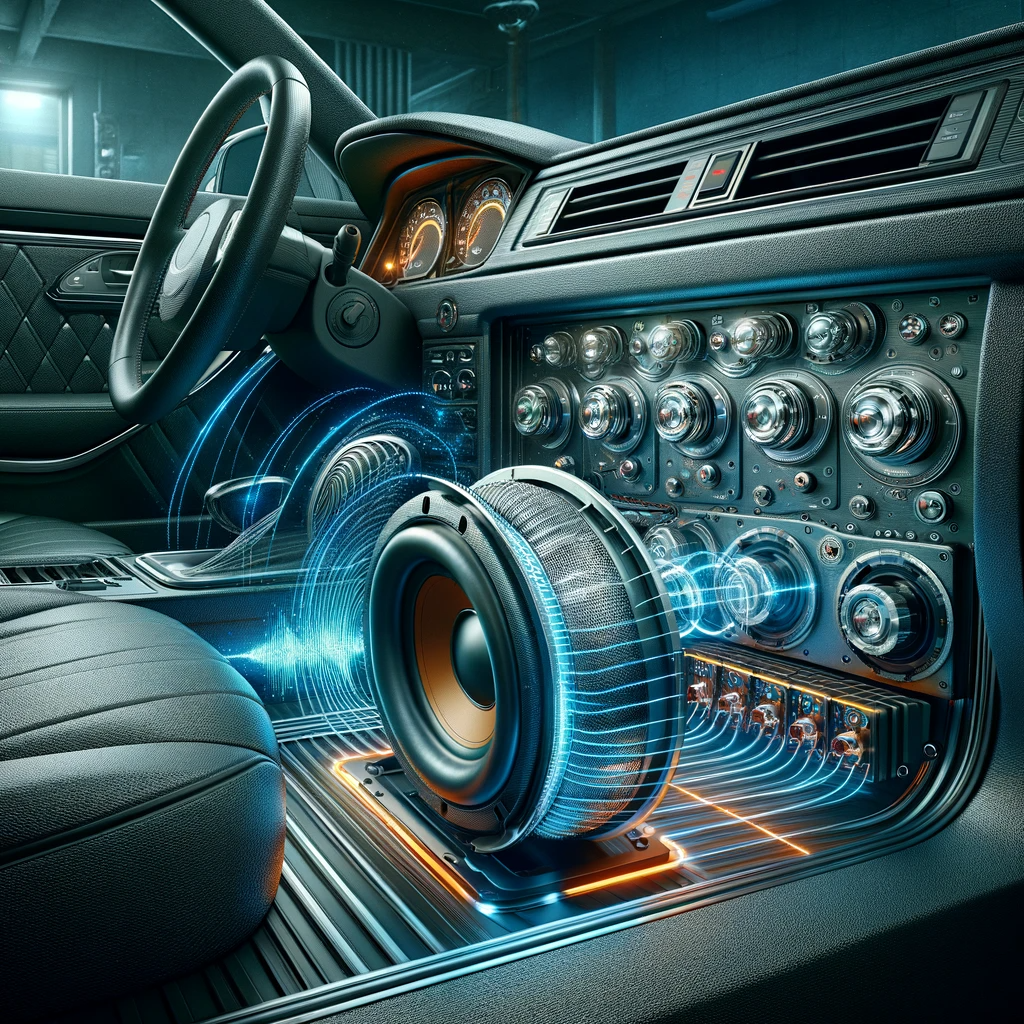
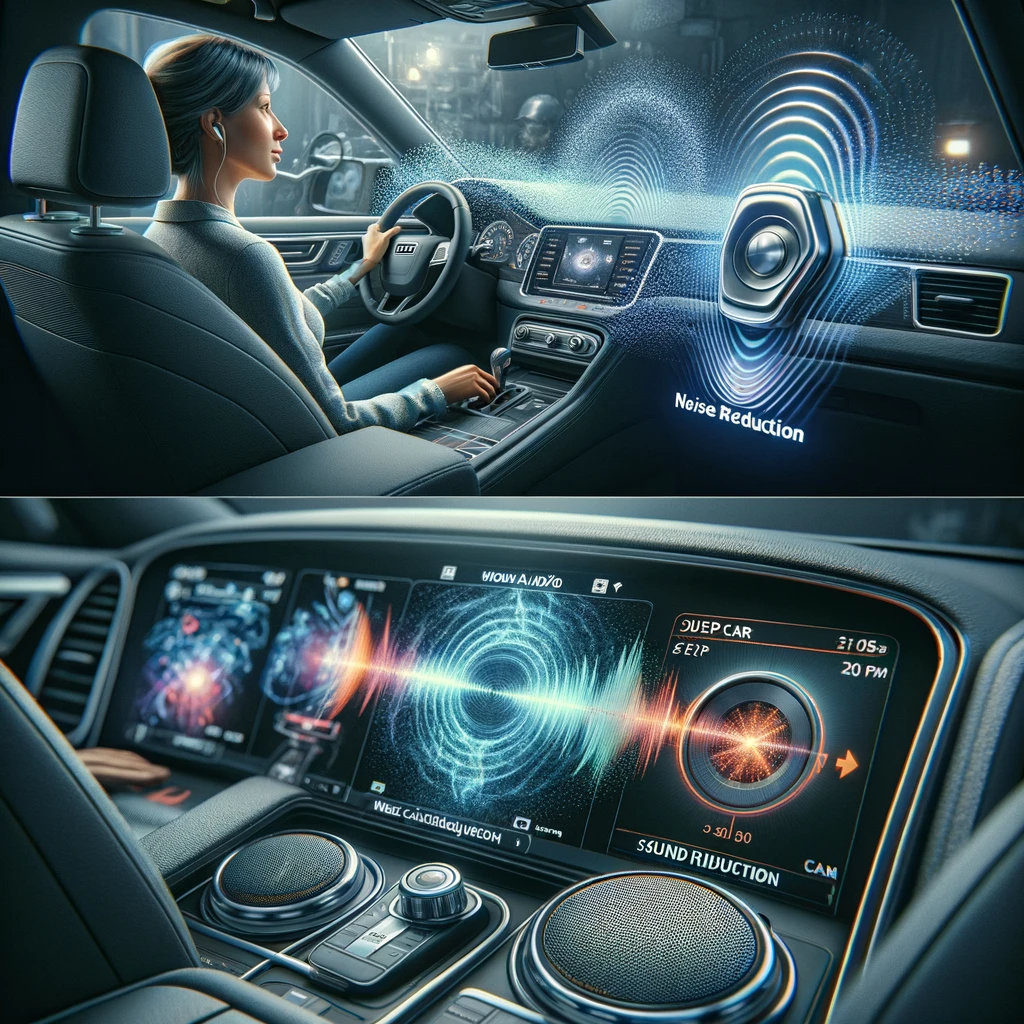
DSP Car Audio and Noise Reduction
Car audio DSPs incorporate noise reduction algorithms, minimizing system noise and interference. They effectively eliminate background noise, enhancing sound clarity and signal quality.
Advanced digital sound processors ensure optimal audio performance, enriched audio detail, and expanded dynamic range by removing signal noise, hiss, and distortion. These features enable car audio enthusiasts to enjoy a cleaner and more immersive audio experience.
Whether it's the first time installing a car audio system or upgrading an existing one, DSPs can be seamlessly integrated with OEM radios with their sequencer feature and band equalizer. Additionally, DSPs are compatible with various accessories like RCA adapters and amplifiers, making them a versatile and essential component in aftermarket car audio systems.
DSP Speaker Management and Configuration
Car audio DSPs offer a range of speaker management capabilities, including equalization and crossover configuration options. Through DSP speaker management, car audio enthusiasts can achieve optimal sound system alignment, control over audio output, and precise speaker control.
Advanced digital sound processors enable customization of parameters such as speaker equalization, gain, and phase, allowing for fine-tuning of the audio experience. DSP speaker configuration is also crucial in optimizing sound staging, imaging, and overall audio system performance.
With the power of car audio DSP speaker management, enthusiasts can truly take charge of their sound control and achieve a highly tuned audio system.
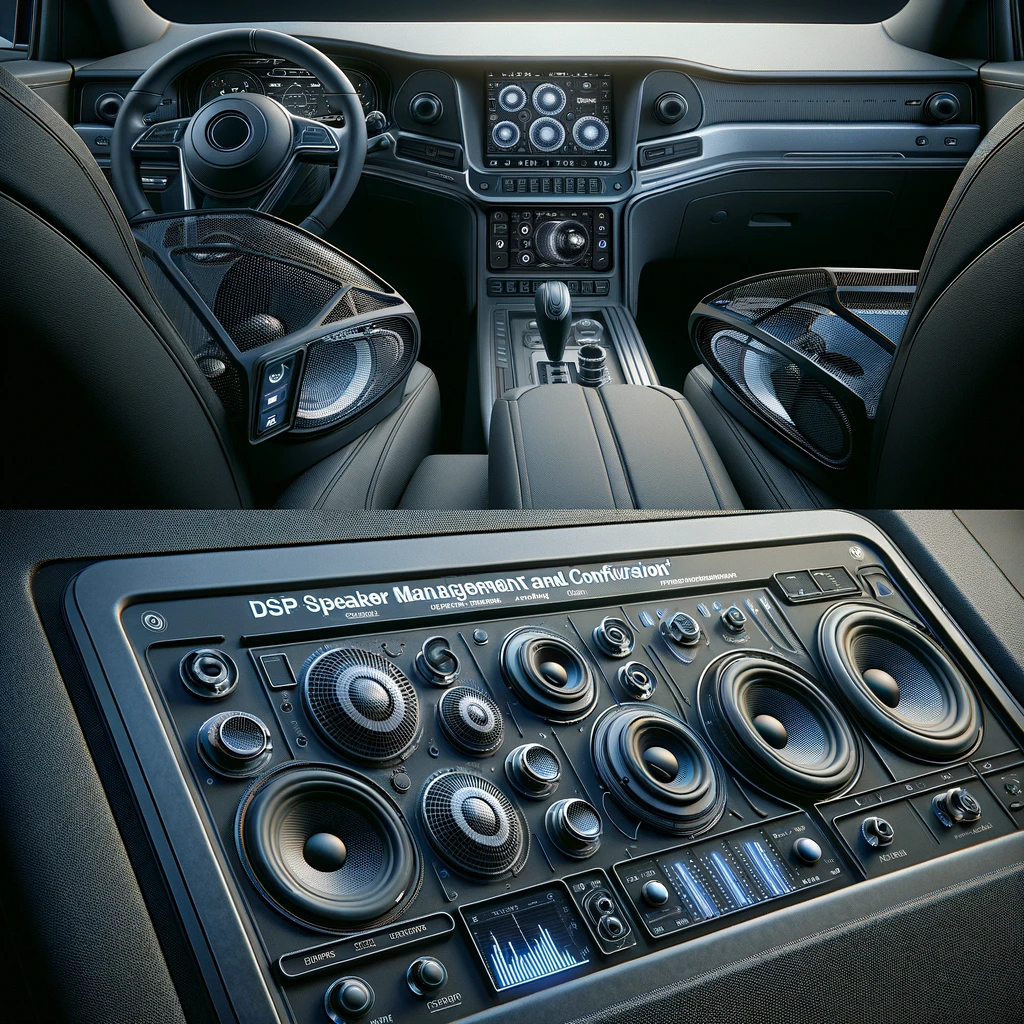
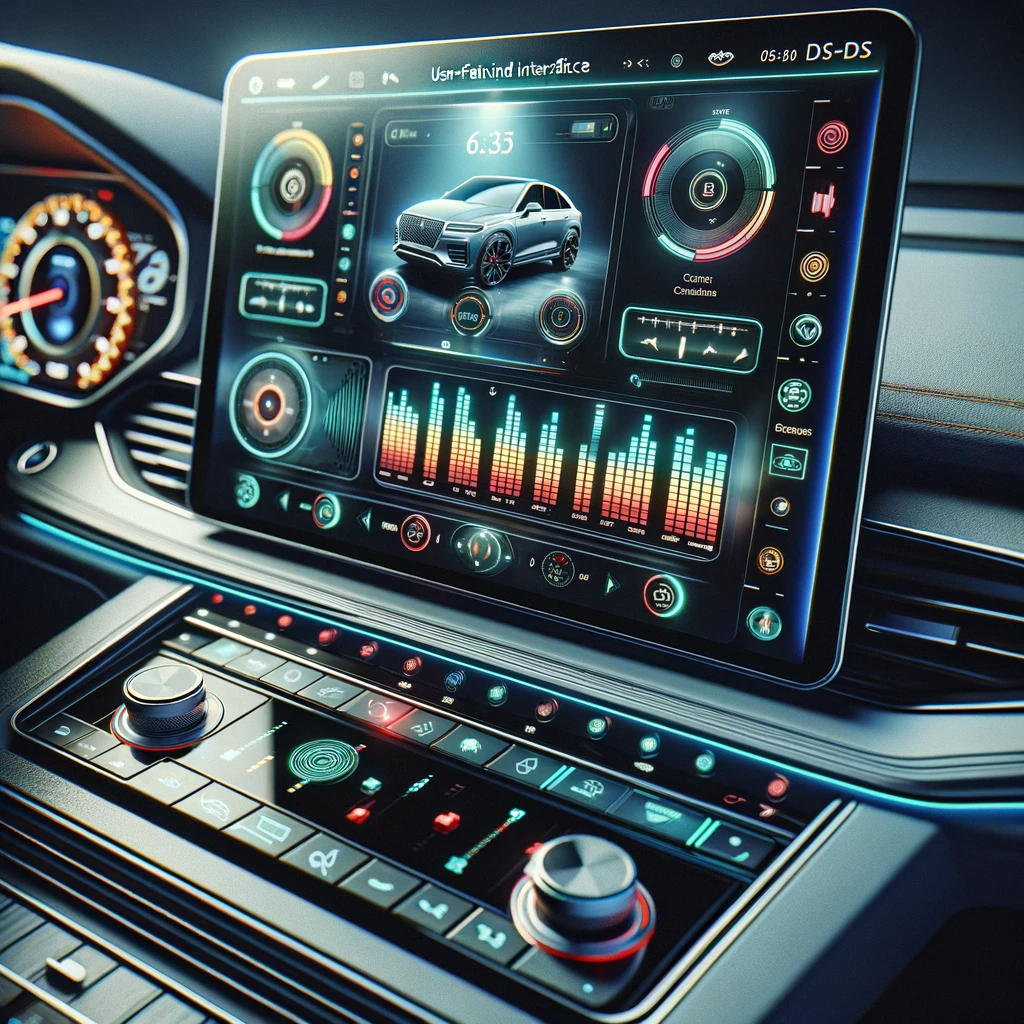
User-friendly DSP Interfaces for Car Audio
Having a user-friendly interface can make all the difference regarding car audio DSP. Intuitive interfaces make the setup process a breeze, allowing you to customize your audio system without hassle. User-friendly dash displays provide easy control over audio settings, putting you in the driver's seat of your sound experience.
You can remotely adjust and control your DSP settings with mobile app compatibility. The clear and concise menus on DSP interfaces ensure seamless customization of your audio system.
And thanks to advanced signal processing algorithms, you can enjoy optimized sound output that enhances your driving experience.
Future Trends in Car Audio DSP Technology
Advancements in car audio DSP technology are paving the way for even more precise sound system alignment. The integration of artificial intelligence is set to revolutionize audio processing capabilities, taking them to new heights.
With wireless connectivity options becoming more prevalent, seamless audio system control and updates will be the norm. Improved digital signal processors are also on the horizon, offering enhanced processing power and audio quality.
And that's not all – future car audio DSP systems may feature built-in microphone arrays for advanced sound optimization. Stay tuned for these exciting developments in car audio technology.
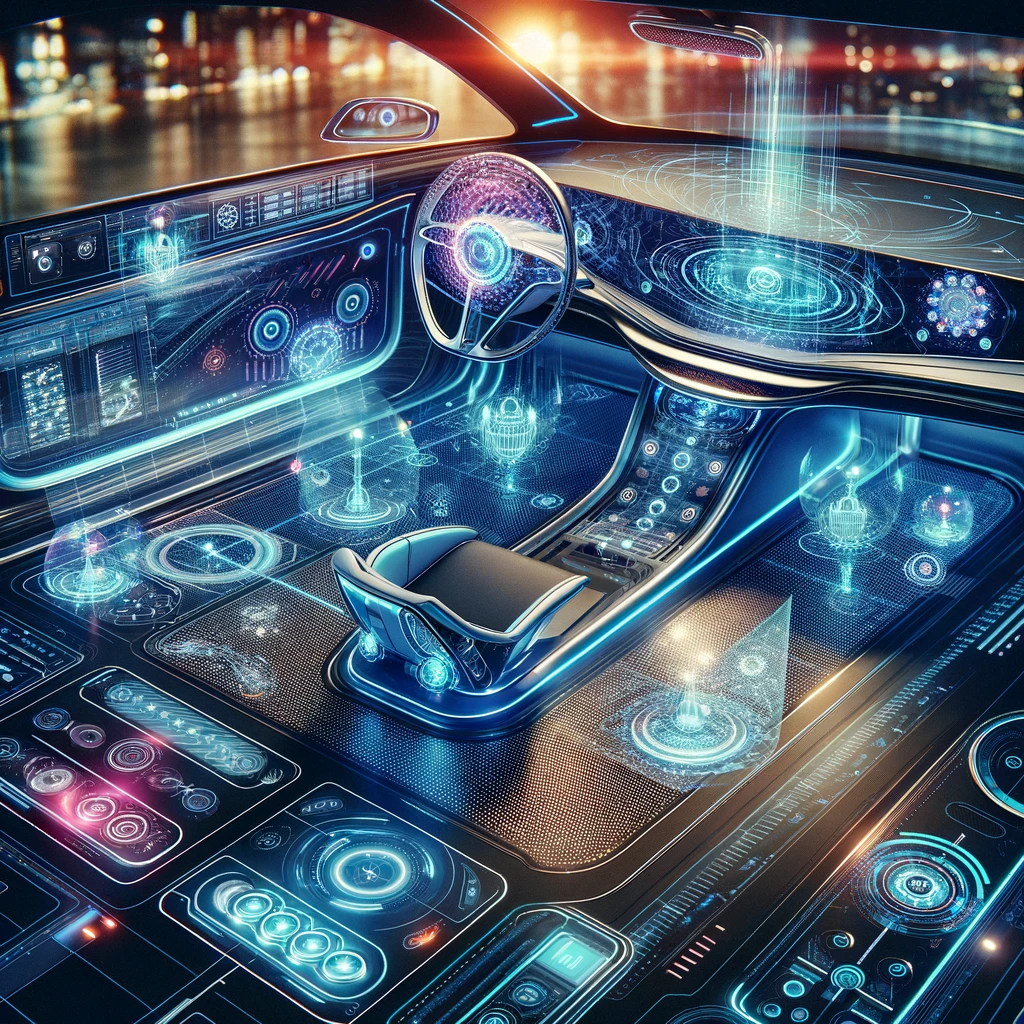
Conclusion
Whether you are a car audio enthusiast or simply looking to upgrade your sound system, incorporating DSP technology can significantly enhance the quality and clarity of your audio. Additionally, the future of car audio DSP looks promising, with advancements in user-friendly interfaces and integration with factory systems on the horizon.
Stay updated on the latest trends and developments in car audio DSP technology by subscribing to our newsletter. Experience the power of DSP and take your car audio to new heights.


